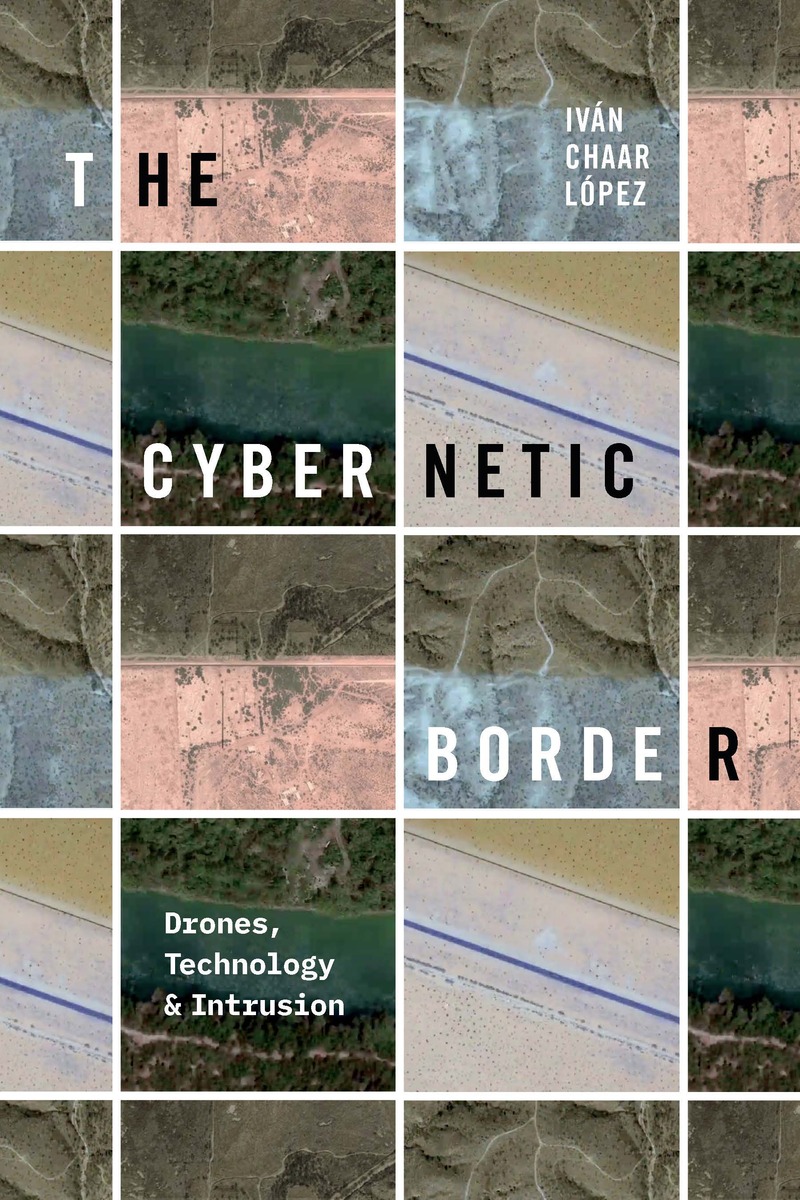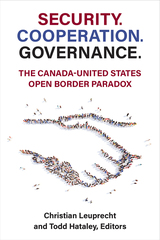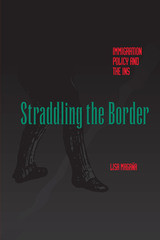The Cybernetic Border: Drones, Technology, and Intrusion
Duke University Press, 2024
Cloth: 978-1-4780-2485-9 | Paper: 978-1-4780-3003-4 | eISBN: 978-1-4780-5903-5
Library of Congress Classification JV6483.L717 2024
See other books on: Borderlands | Boundaries | Electronic surveillance | Social Aspects | Technology Studies
See other titles from Duke University Press
Cloth: 978-1-4780-2485-9 | Paper: 978-1-4780-3003-4 | eISBN: 978-1-4780-5903-5
Library of Congress Classification JV6483.L717 2024
ABOUT THIS BOOK | AUTHOR BIOGRAPHY | REVIEWS | TOC | REQUEST ACCESSIBLE FILE
ABOUT THIS BOOK
In The Cybernetic Border, Iván Chaar López argues that the settler US nation requires the production and targeting of a racialized enemy that threatens the empire. The cybernetic border is organized through practices of data capture, storage, processing, circulation, and communication that police bodies and constitute the nation as a bounded, territorial space. Chaar López historicizes the US government’s use of border enforcement technologies on Mexicans, Arabs, and Muslims from the mid-twentieth century to the present, showing how data systems are presented as solutions to unauthorized border crossing. Contrary to enduring fantasies of the purported neutrality of drones, smart walls, artificial intelligence, and biometric technologies, the cybernetic border represents the consolidation of calculation and automation in the exercise of racialized violence. Chaar López draws on corporate, military, and government records, promotional documents and films, technical reports, news reporting, surveillance footage, and activist and artist practices. These materials reveal how logics of enmity are embedded into information infrastructures that shape border control and modern sovereignty.
See other books on: Borderlands | Boundaries | Electronic surveillance | Social Aspects | Technology Studies
See other titles from Duke University Press






























